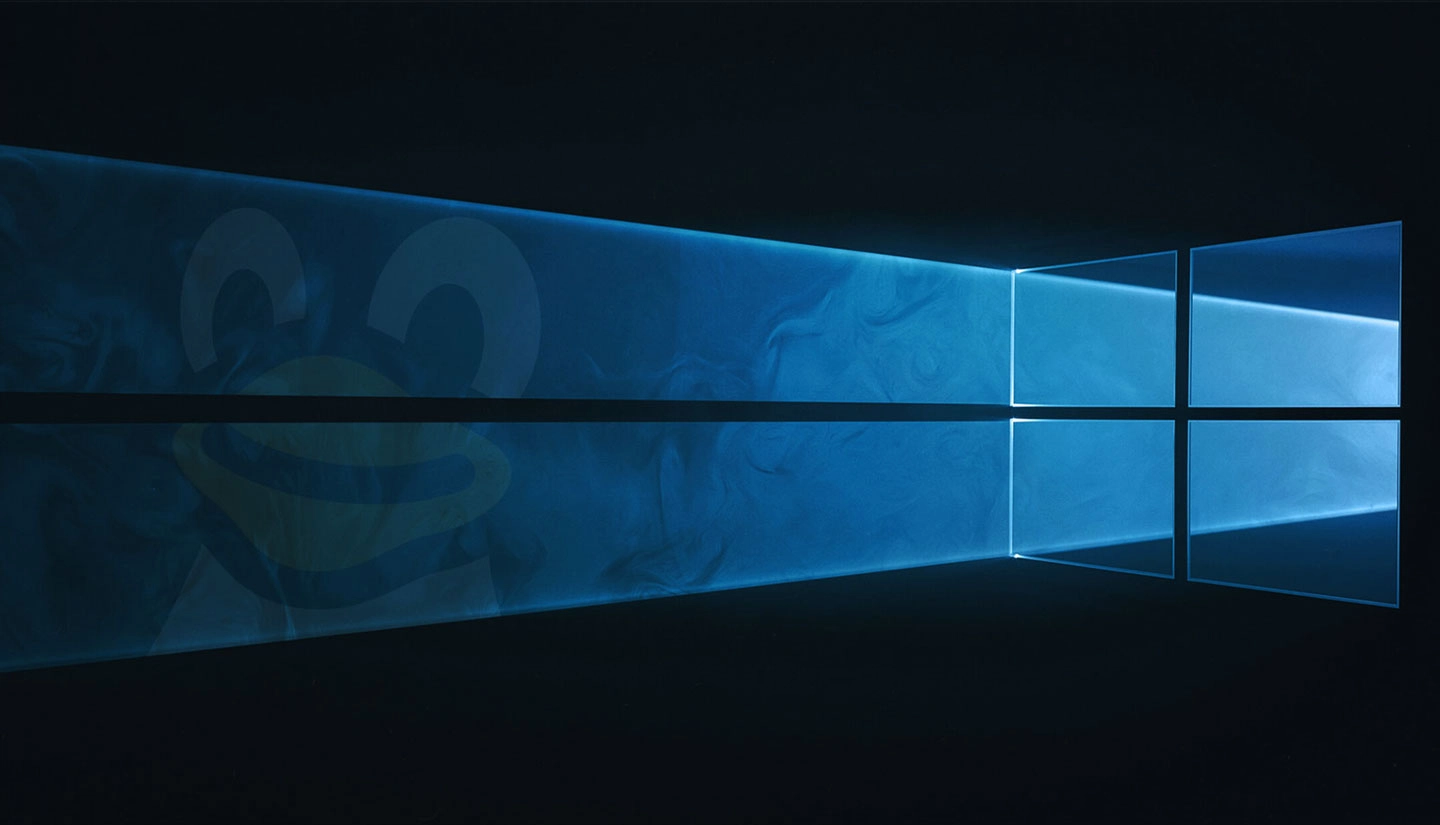Users who are using Ubuntu on Windows via the Windows Subsystem for Linux (WSL) may be interested to know that significant updates are coming.
In a blog post from the recent Microsoft BUILD event, the senior product manager for Windows developer platforms, Craig Loewen, outlined what’s in store for WSL users.
Many of the experimental WSL features that Microsoft announced last year are now being added to stable or default builds.
Among these updates is the ability to automatically release stored memory in WSL back to Windows. This will prove particularly beneficial for devices with limited memory, as well as for systems that have abundant memory and operate with memory-heavy workloads under WSL.
DNS tunnelling is also now enabled by default on Windows 11 to improve networking handling, especially when things like VPNs are enabled on Windows.
Other experimental features will be promoted to stable builds over the coming months, like automatic disk reclaiming, and mirrored networking mode (with IPv6 support) — available as experimental, opt-in features for those interesting to play/try/make use of them now.
New WSL Settings App Coming
Screenshot of the WSL GUI settings app in development by Microsoft
Original: Microsoft; Composite: Moi
The most exhilarating update in the pipeline is a fresh graphical settings app for WSL. It will be launched as part of a forthcoming WSL stable update.
The ability to configure graphically will be a significant aid. Currently, users have to personally modify the .wslconfig text file to tweak and set up settings. This supposes they are aware which settings to modify, which data to input, and the appropriate syntax to utilize.
“The WSL Settings app handles this by segregating WSL settings into marked categories, and signifying which ones are accessible on your device”, Loewen elucidates, stressing that it will be compatible with the .wslconfig text file — it’s feasible to revise via both!
WSL integration will also be coming to the Dev Home control center via a novel ‘Environments’ feature. From this location, users will have the capability to “manage, activate, and construct new development environments like Hyper-V machines, dev boxes and interact with WSL distros”.
In all a nice set of updates.
I don’t use WSL regularly at all (because I don’t use Windows regularly at all) but I can appreciate that the enhancements Microsoft’s announced are going to be well received by those who do. They will enhance the usefulness of this already-useful feature further.
More details on the Windows Command Line blog.
And if you use Windows (be it out of choice, preference or work/study requirement) and don’t yet use WSL you can install Ubuntu 24.04 LTS from the Microsoft Store, which (on Windows 11) should do the heavy lifting of enabling WSL for you.
